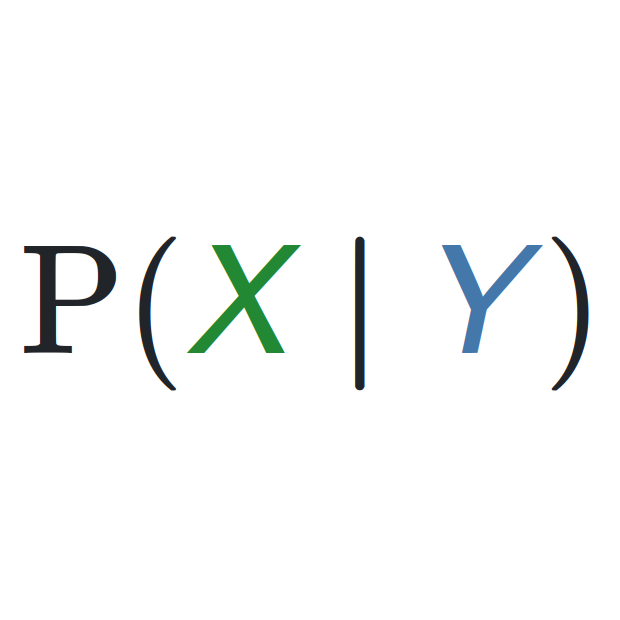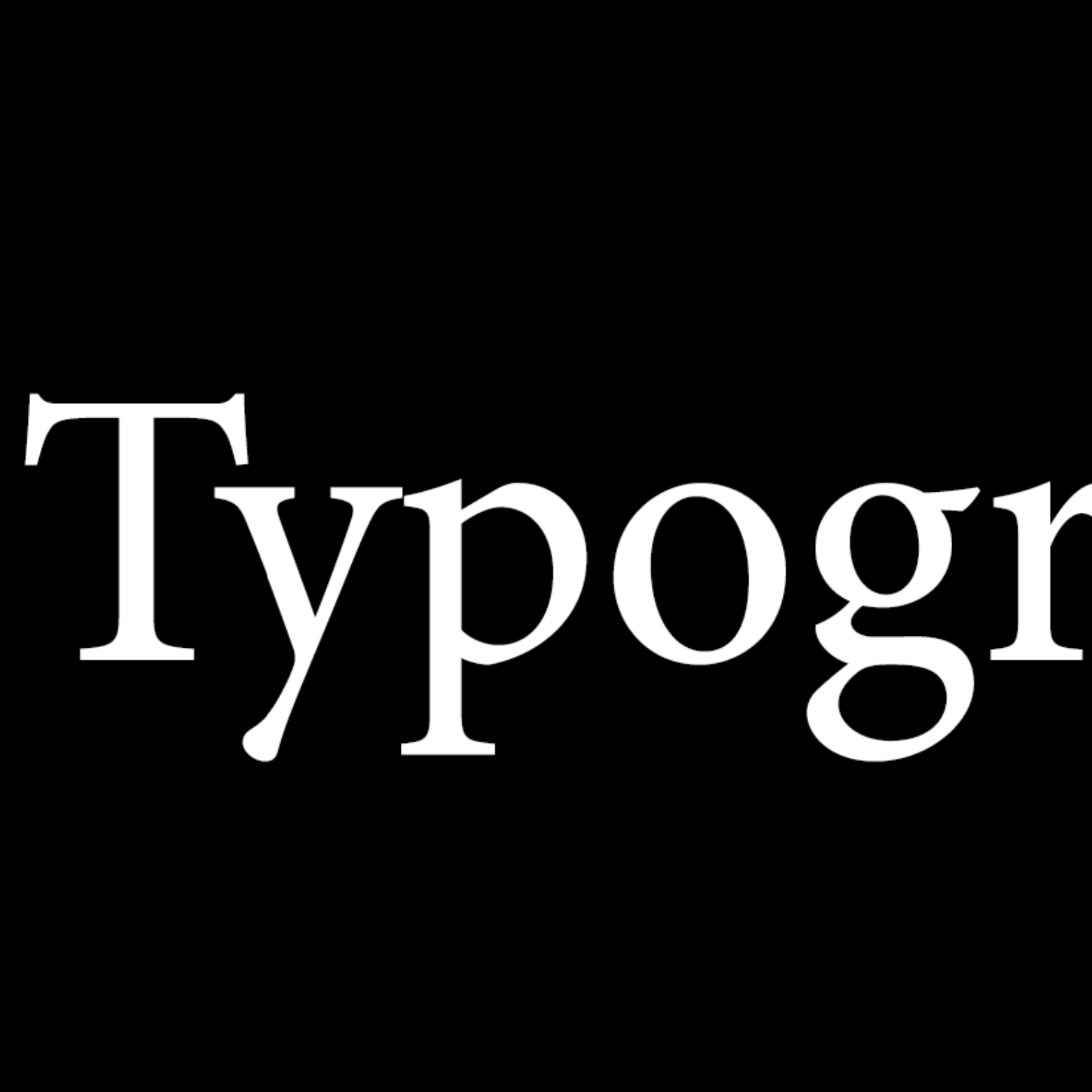Happy to have helped! I’m myself testing 580 now, fingers crossed :)
stravanasu
- 105 Posts
- 479 Comments

 210·3 days ago
210·3 days agoWhat’s written on Wikipedia is no different from what’s written on a wall in some city’s street. No one knows who wrote it, no one knows how much of it is true. What’s written is determined by insistence, not by agreement or expertise. Whether you can get something useful from its pages is a matter of luck.

 6·5 days ago
6·5 days agoWhere does the article do this? The only “attack” I can find are those in the band’s name.
I don’t know if it’s the same in Ubuntu Studio, but in Ubuntu and derivates you can launch
sudo software-properties-gtkorsudo software-properties-qtfrom a terminal. In the window that appears, choose the tab ‘Additional Drivers’. There you can choose the Nvidia graphic drivers you prefer among older and newer versions. Good way to roll back.Apologies if this was obvious 🙏

 5·10 days ago
5·10 days agoHopefully one can turn off all this new bull in about: config…

 2·21 days ago
2·21 days agoGreat to hear! All’s well that ends well :)
As @[email protected] reports, it’s a known bug. If you disable UBlock and possibly Decentraleyes, then navigate to a page, then re-enable them, navigation should then work normally, at least for a while.

 1·27 days ago
1·27 days agoNow I understand, thank you for the explanation!

 1·27 days ago
1·27 days agoThank you again! I’ll investigate :)

 26·27 days ago
26·27 days agoThey can be useful, used “in negative”. In a physics course at an institution near me, students are asked to check whether the answers to physics questions given by an LLM/GPT are correct or not, and why.
On the one hand, this puts the students with their back against the wall, so to speak, because clearly they can’t use the same or another LLM/GPT to answer, or they’d be going in circles.
But on the other hand, they actually feel empowered when they catch the errors in the LLM/GPT; they really get a kick out of that :)
As a bonus, the students see for themselves that LLMs/GPTs are often grossly or subtly wrong when answering technical questions.

 1·27 days ago
1·27 days agoI’ll do so.
May I ask you one more thing? I see that DNS0.eu speaks about setting their DNS resolvers in
/etc/systemd/resolved.conf. Do you know what’s the difference between specifying the DNS there, and specifying it in the network configuration (for instance in Ubuntu, IPv4 -> Method = Automatic (Only addresses) & DNS Servers = [list])?Much gratitude!

 2·27 days ago
2·27 days agoThank you so much for the clarification and for the very useful link!
I’ll edit my original confused post – or maybe delete it altogether.

 1·27 days ago
1·27 days agoThank you for this comment. So Unbound does only DNS caching, without really resolving? I think I’ve completely misunderstood its purpose.

 1·27 days ago
1·27 days agoWhat I wanted to achieve was independence from CloudFlare and other DNS resolvers. But I think I’ve completely misunderstood what Unbound does!

 1·27 days ago
1·27 days agoCheers, will look into it! I think I’m very confused as to what I want…

 1·27 days ago
1·27 days agoI’m starting to think that I’ve misunderstood what Unbound does. I thought I’d be a replacement for a DNS resolver (like CloudFlare). But from the replies here I’m starting to think it isn’t?

 2·27 days ago
2·27 days agoThank you for the warning! I’ll know it’s expected then :) In my case I’d like to use it more or less independently of the network I’m in, that’s why I’d like to take a single-machine approach.

 2·27 days ago
2·27 days agoThank you, I see the advantages of a network approach. In my case it’s just two laptops in my network, and I’m also thinking of the case when I’m using the laptop in some other networks.




















I see four copies of the comment above. Is it just me? Very useful comment though! 🚀